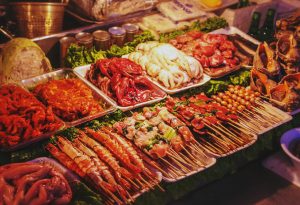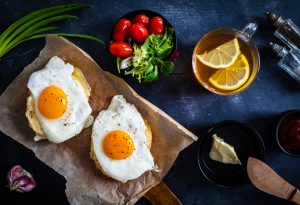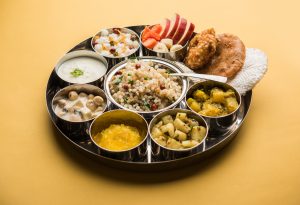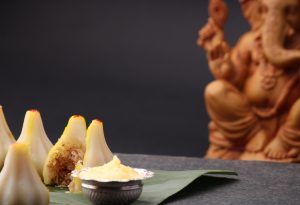
Grains form a large percentage of our diet and an integral part of every meal. However, most of our diets strongly favor only rice and wheat and ignore all other nutritious edible grains. Introducing them to our diet not only ensures we have variety but gives our body a host of different nutrients we can’t possibly get from just wheat and rice. Here’s a look at how every meal can be a multi-grain meal.
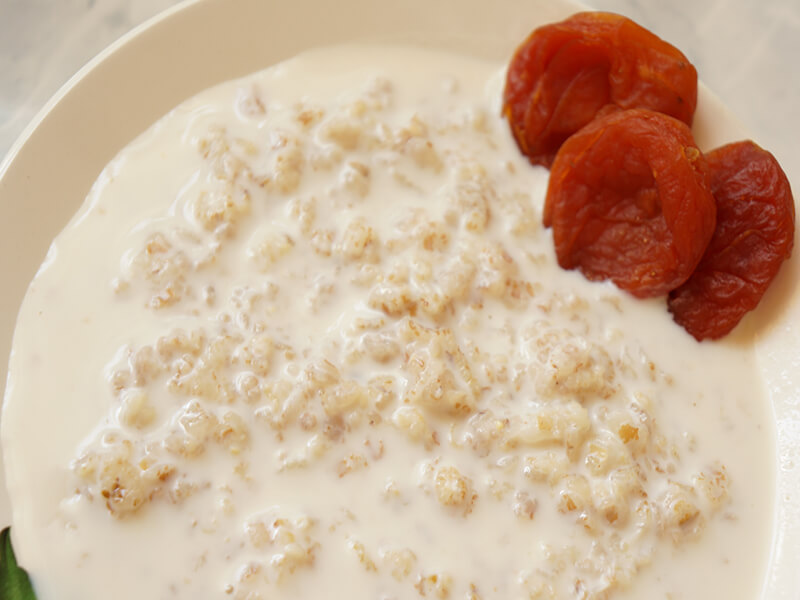
Let’s begin with breakfast. Porridge is one of the healthiest and easiest breakfasts to make. It is made by simply adding a cereal to milk or water or both and cooking it to form a thick broth-like paste. Most often porridge is made with oats. However, one can even make porridge with barley, millet, quinoa, rye, flax and buckwheat. Porridge is also often made with pounded red rice or brown rice (brown or red poha). While oats themselves are extremely healthy, they have a much higher fat content and lesser dietary fiber than millet or rye. They can be a great addition to oat porridge, if not a substitute. Similarly, when choosing a packet of muesli, select one which has many different grains.
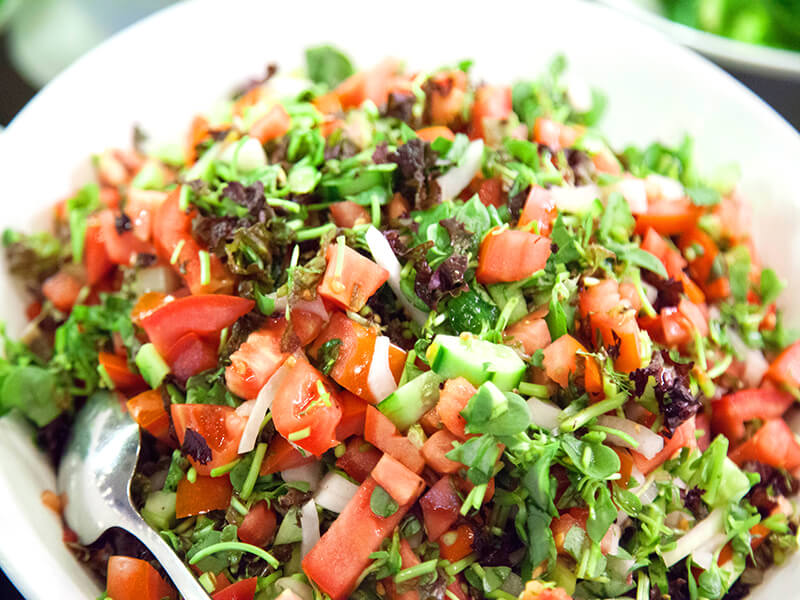
We associate soups and salads with vegetables and meat but one can introduce small quantities of grain to these as well. For instance, tabouleh is a Middle Eastern salad that is made by combining raw soaked bulgur wheat, parsley, tomatoes, olive oil and herbs. The little bits of bulgur wheat give the salad an interesting texture and crunch. Similarly in Morocco and North Africa barley is cooked in boiling water till al-dente and added to salads along with fresh vegetables and greens. The best part about introducing grains to a salad, is that it gets extra body and become more filling, thereby curbing one’s need to follow it up with a portion of bread or rice.
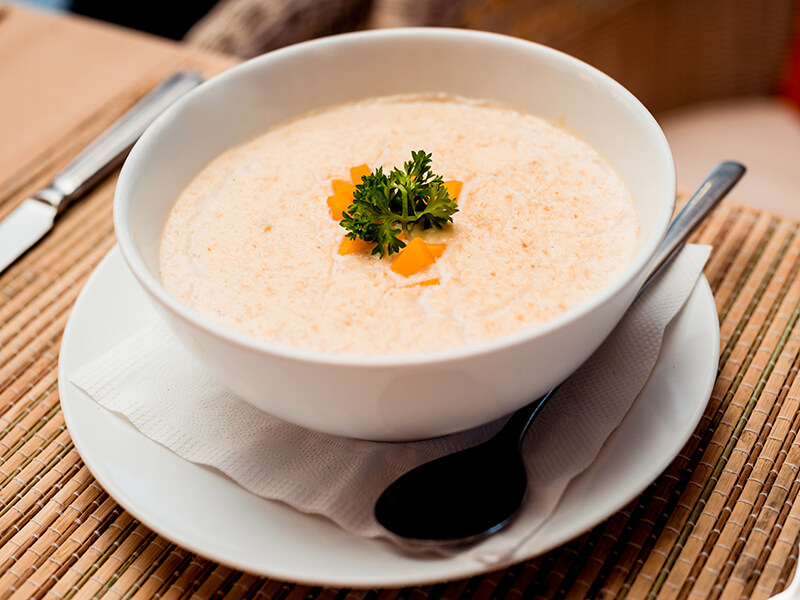
When it comes to soup, corn is probably the first grain that comes to mind. It can be used whole in Italian minestrone or ground into a paste to make a thick Chinese sweet corn soup. Similarly one can even use quinoa, barley or bulgur. You don’t really need to look for a fancy new recipe. Just make your favorite Peppery Chicken soup and add to it some cooked barley or throw some cooked soft quinoa into a Roasted Bell Pepper soup. You can even use grains as a thickening agent instead of cornstarch. Just grind the soaked or cooked grains into a paste, as fine of chunky as you like, and add it to the soup while cooking to get a thick comforting broth. Grains can be added in much the same way to casseroles and stews.
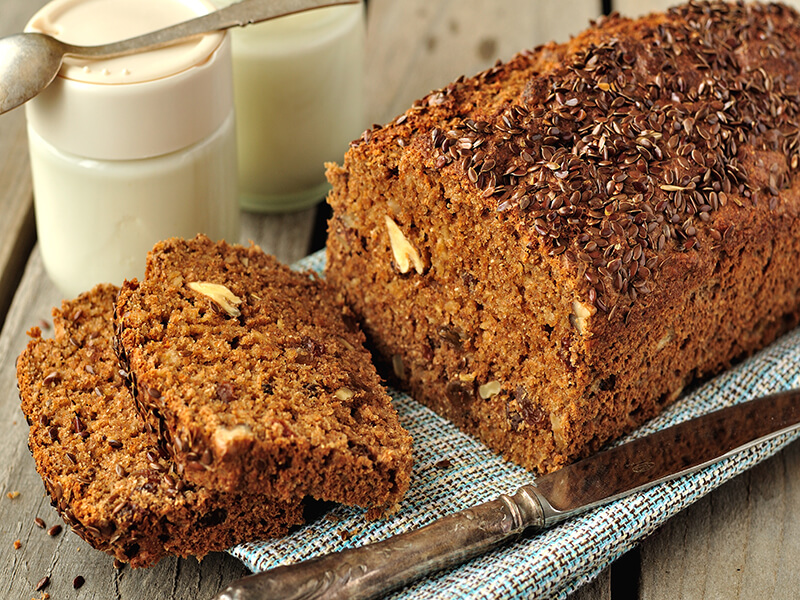
Let’s not leave out dessert! All baked confections like cakes and brownies can be made with other grains as well. One can add rye or oats to muffins. Biscotti can be made with quinoa flour, cornmeal or even oat flour. The consistency isn’t the same as when you use white wheat flour, as all of these grains have more dietary fiber. If you do not enjoy their texture, you can replace half the white flour with a ground grain of your choice and you will hardly notice the difference. Where Indian sweets are concerned, kheer or payassam can be made using jowar, bajra and even oats. The same grains can also be used to make delicious healthy laddoos.
A multi-grain diet has several health benefits. To begin with all these lesser used grains are lower in saturated fat, higher in dietary fiber and many are gluten free. They are an important part of traditional food cultures in several parts of the world but have somehow been forgotten and slipped out of our diets. Now that their health benefits have been recognized, it’s time to befriend them once again.

